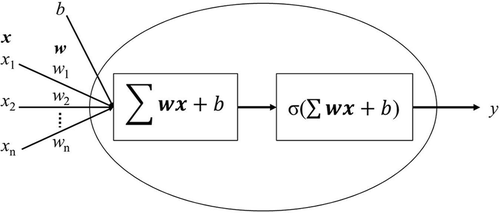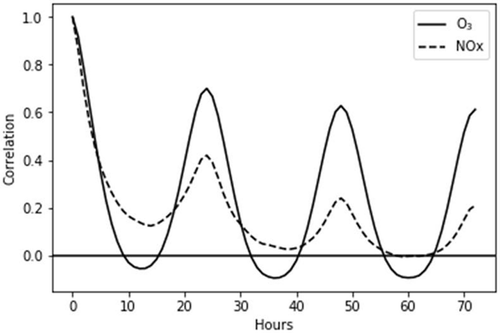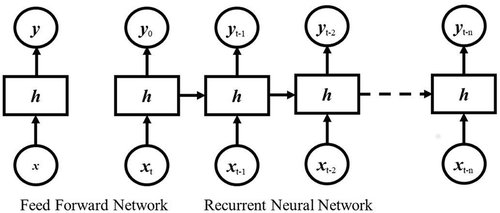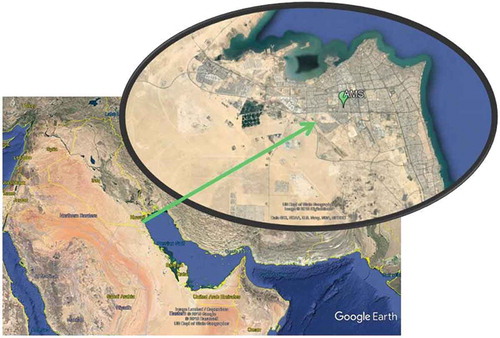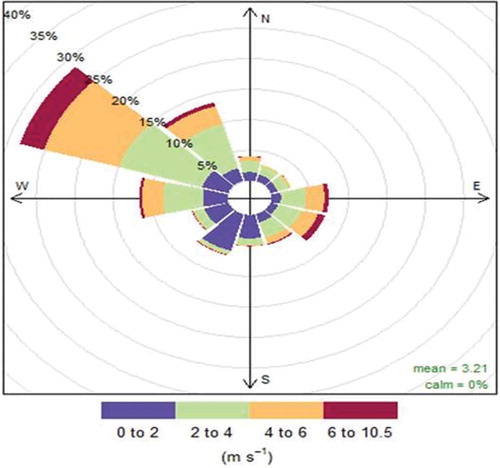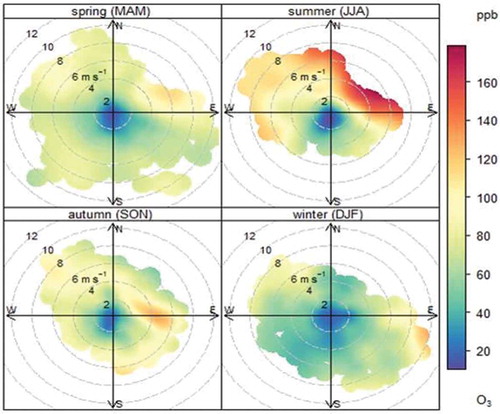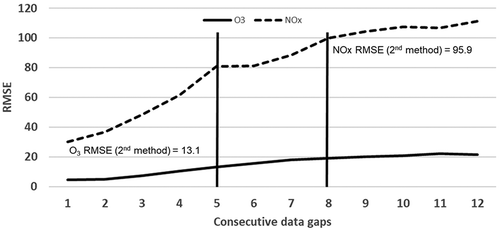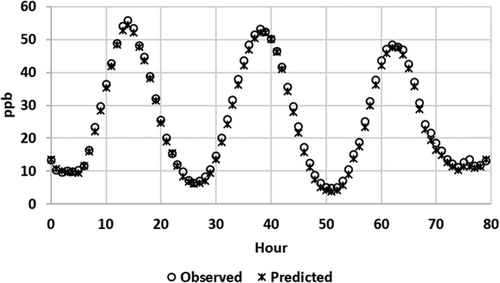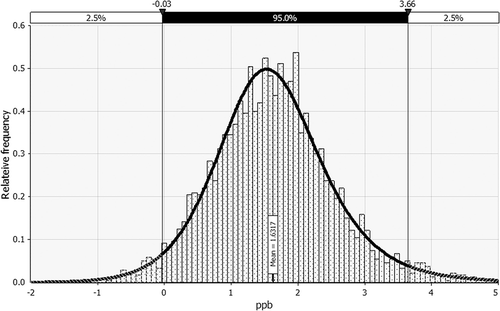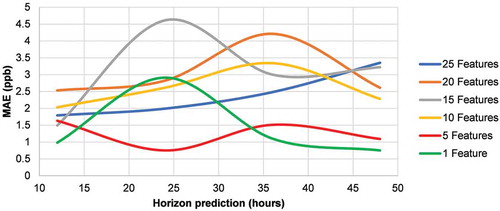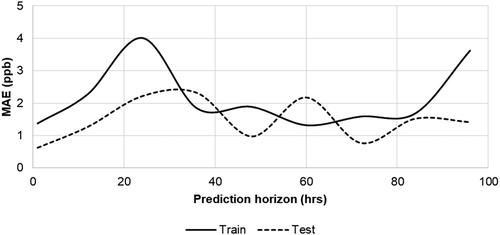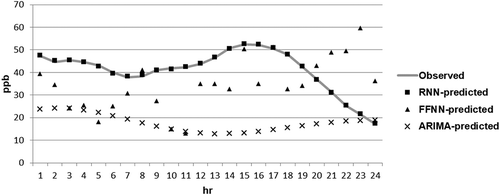Figures & data
Table 1. Common activation functions.
Figure 2. Different ANN model architectures: (a) simple feed-forward neural network, (b) a recurrent (Elman) neural network, and (c) a deep feed-forward neural network with multiple hidden layers.
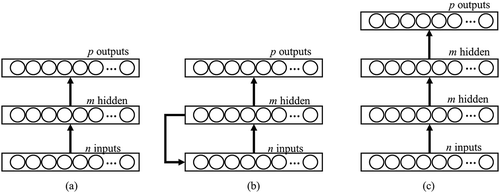
Table 2. Enhanced first-order optimizers used for DL.
Figure 5. LSTM architecture showing unit time delays (−1), gates, and recurrentactivation functions (σ).
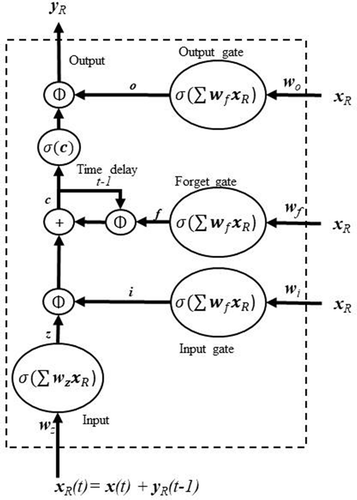
Table 3. Chemical and meteorological parameters captured at the Air Monitoring Station.
Figure 11. Feature importance from decision tree prediction of 8-hr O3 exceedances from 1 hr to 12 hr.
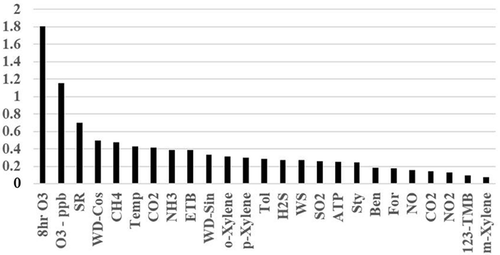
Figure 13. Loss function errors for training and test data sets for different horizons at (a) 24 hr, (b) 36 hr, and (c) 48 hr.

Table 4. Default values for parameter sensitivity analysis.
Figure 18. Impact of (a) batch samples, (b) look-back nodes, and (c) dropout factor parameters on training errors in the model.
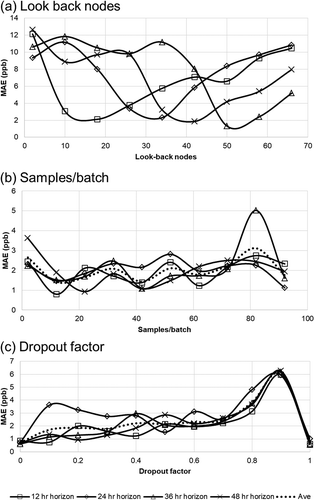
Table 5. Comparison of RNN test data results to previously published results.
Table 6. Comparison of different forecasting errors over a 24-hr period.

